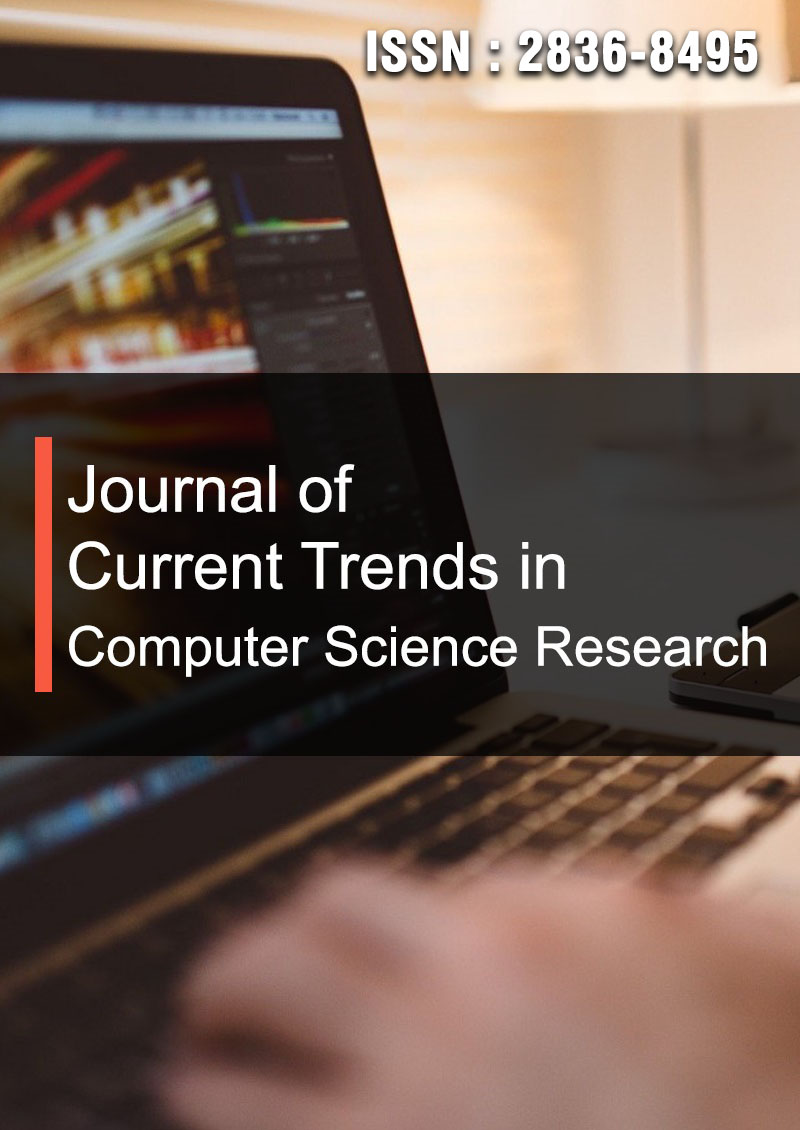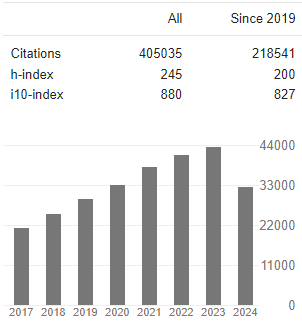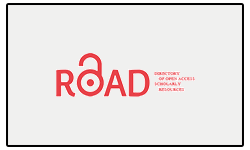Understanding the Concept of Water Potability Through Machine Learning
Abstract
Anurag Mukati, Rishabh Rathore, Ganesh Patidar and Margi Patel
This study endeavours to utilize machine learning algorithms in order to prognosticate the elements which contribute toward water potability and construct a prophetic model that can establish if drinking water is fit for human consumption. The Water Potability dataset, consisting of 3276 observations of diverse quality metrics such as pH levels, hardness, TDS content, chloramines concentration, sulfate ratio conductivity measures trihalomethanes level and overall turbidity was employed. This set was divided into training data sets alongside testing ones while undergoing pre-processing with regard towards handling missing variables or outliers present within them. Three separate machine-learning models namely: random forest analysis & decision trees along XG Boost-analysis made use of these segregated datasets during optimization processes until accuracy scores were acceptable via determination using performance evaluation techniques including; precision rates evaluations based on recall statistics indicating how well each method performed relative one another helped determine outcomes here where even F1 score could be evaluated-where Random Forest Analysis ultimately resulted in superior results over other methods boasting an impressive record-breaking 70% success rate! The value stemming from this endeavor lies mainly through improving safety protocols & standards surrounding drinking water thus ensuring effective delivery methodologies geared at safeguarding public health whilst providing efficient alternative treatment options too may arise among those utilizing findings gleaned herein-including Lawmakers/Government officials charged with policy matters relating thereto can incorporate suggestions resulting from it-make best possible policies.





